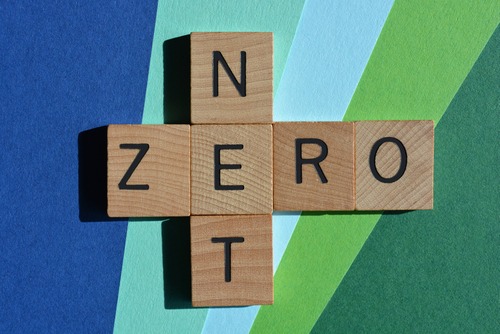Annual SDG&E sustainability strategy update highlights accelerated drive to net zero greenhouse gas emissions by 2045

In its latest sustainability strategy update, released this week, San Diego Gas & Electric Company (SDG&E) revised its goals to reach a zero emissions vehicle fleet by 2035, net zero emissions energy facilities by 2030, and create a virtual power plant by next year.
This mix of innovation and clean energy advancement moves up the company’s existing timescales significantly. Previously, it had hoped to zero out its fleet emissions in 2040, while the goal for SDG&E’s facilities is new all around, affecting buildings in San Diego and southern Orange County, California. Such buildings, according to SDG&E, represent 25 percent of greenhouse gas emissions in California, while the transportation sector is the single largest emitter.
“Over the past year, we spent a lot of time listening to a wide cross-section of stakeholders so that we could incorporate their feedback into our long-term strategy to move our region closer to carbon neutrality,” Caroline Winn, SDG&E CEO, said. “We recognize we still have much work to do and that we can’t do it alone. Community partners who support and challenge us in our work to develop sustainability solutions are invaluable as we focus on strengthening climate equity and community resilience where we all call home.”
Another major aspect of this latest carbon neutrality push comes from the newly revised timeline for a virtual power plant pilot. This demonstration project, now expected by 2022, represents a unique effort to boost grid reliability, flexibility, and resilience, by integrating a mix of customer-owned distributed energy resources (DERs) such as energy storage systems into a renewable microgrid in Shelter Valley, Calif. Customer DERs will be coordinated for dispatch according to microgrid energy needs, or to the regional grid during times of struggling supply.
The latest update from SDG&E also included a list of its successes from the past year. In terms of cleaner and safer energy, these included the addition of 50 MW of energy storage through two new facilities, three large-scale mobile batteries for use as emergency backup power sources, a rural renewable microgrid, launch of a collaborative, regional electric vehicle infrastructure program known as Accelerate to Zero Emissions, hardening of electrical infrastructure inside the Cleveland National Forest and the issuing of $750 million in green bonds to raise capital for the company’s sustainability efforts.
